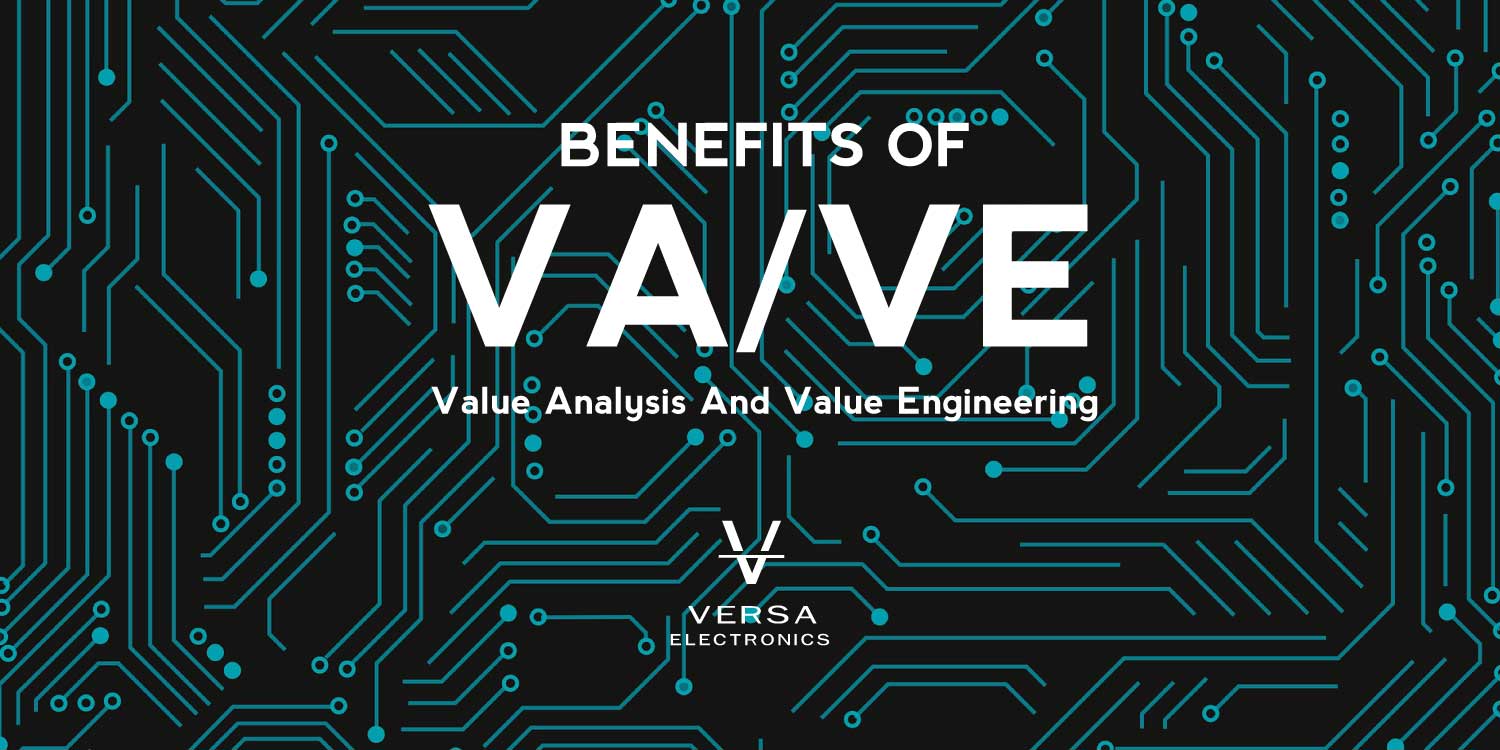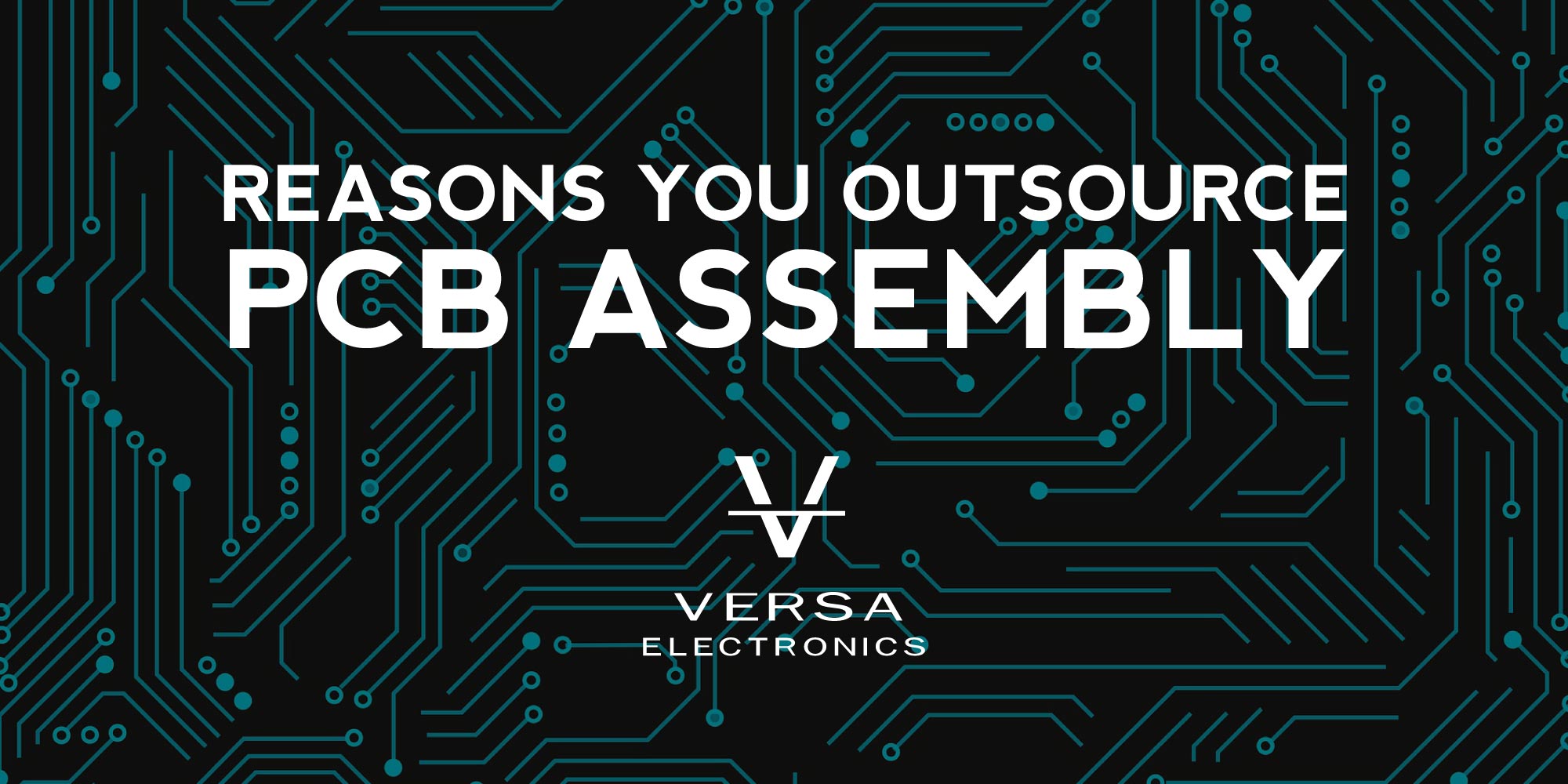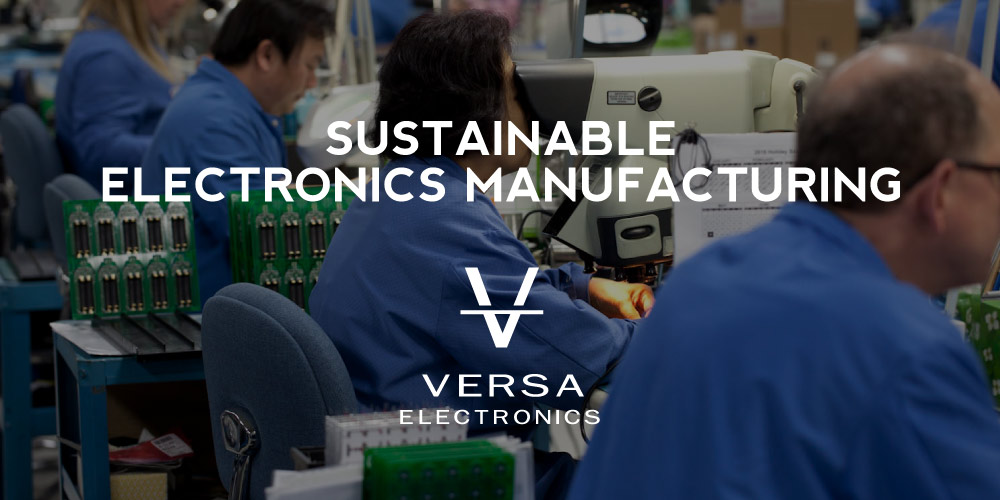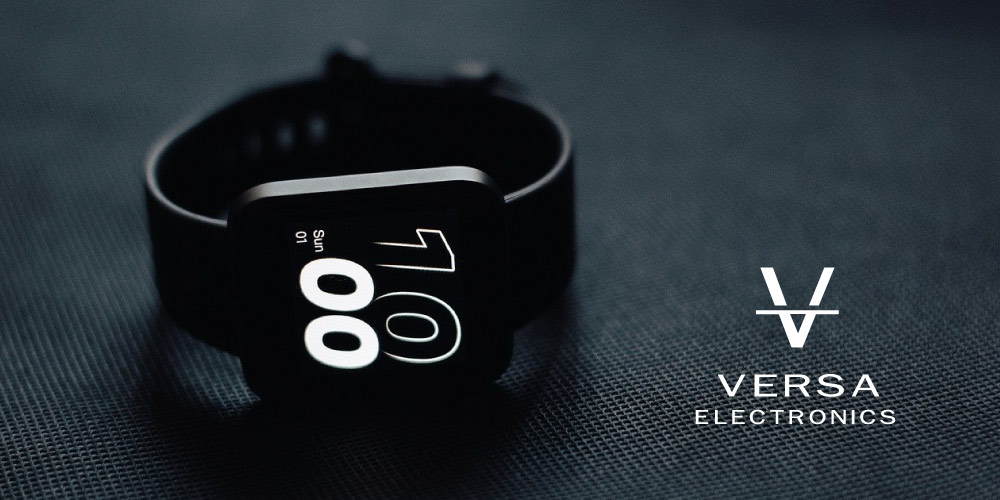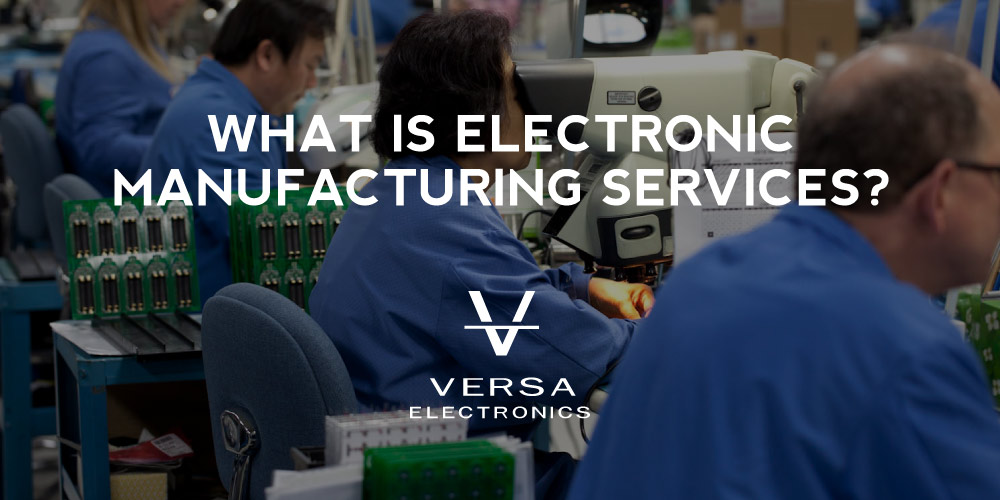What is value?
Value is a fair return in exchange for goods, services, or resources. It’s how well a product, machine, tool, system, or process performs its intended function. In a way, ‘value’ both surpasses and encompasses cost and function.
The value of a product can, therefore, be calculated using a simple equation.
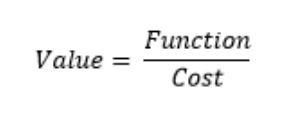
While cost is always an essential part of doing business, value is critical. Given this truth, you can increase the value of a product by increasing its function or reducing costs. The aim of value analysis (VA) and value engineering (VE) in design is, therefore, to increase the value of a product while decreasing its costs.
What is Value Analysis and Value Engineering (VA/VE)?
It’s easy to look at Value Analysis and Value Engineering as just another means of cost-cutting. But VA/VE processes are necessary to increase performance, efficiency, and cost-effectiveness. Competition is rife for OEMs, which means quality is no longer a negotiable requirement. That said, the pressure to cut down on costs remains grueling, with rising labor and manufacturing costs.
Generally speaking, VA/VE processes aim to find sustainable cost-saving opportunities while retaining and adding value for your customers. But whereas Value Analysis is concerned with existing products, Value Engineering tends to focus on new products.
Value Analysis breaks down a product into its constituent components, allowing each part to be evaluated for importance and efficiency on its own. In a broader sense, VA aims to identify product functions or manufacturing processes that can be eliminated without compromising the quality, function, and value of the product. It’s a cost-reduction technique applied to existing products in an effort to increase their value.
While VA is more of a remedial process, Value Engineering is a preventive technique applied before a product gets approval for fabrication. It considers factors such as product functionality as well as the costs of manufacturing processes, machinery, labor, and materials. Done right, VE can generate substantial cost savings through smart material substitution or process transformations.
Value Analysis and Value Engineering are vital processes that help OEMs determine which parts of production processes can be eliminated while still getting the same end product. The two processes bring in specialists from all across your organization to find alternative materials, designs, and manufacturing techniques to reduce costs while maintaining or improving product functionality.
The Benefits of VA/VE for Original Equipment Manufacturers
Let’s say you’ve identified an item in your product design and manufacturing portfolio that is in danger of turning into nothing more but a cost center for your company.
Maybe the raw material costs for a component are skyrocketing, or perhaps a component is facing obsolescence? Whatever the case, there comes a time when you need to rebalance the elements of cost, customer value, price, and performance to see if a specific line item is still worth manufacturing.
The digitalization of manufacturing aims to create an integrated approach to manufacturing by linking systems and processes, from design to production. It’s changing how products are designed and fabricated, allowing OEMs to move rapidly from design to floor and back again.
As such, many Original Equipment manufacturers are quickly realizing that their older business models simply won’t cut it. Add to this the volatility of global markets and rising material costs, and there’s an increased need to accelerate the process of moving from design to floor and back again. VA/VE processes can help remove vulnerabilities from business processes, allowing OEMs to keep up with and adapt to changing markets.
Adapt or Die:
Although VA/VE is a powerful tool for OEMs, it’s hard to get right. It requires company-wide commitment and a great deal of resources. Yet, these investments are imperative to survival. OEMs have to continually adapt and reduce costs in order to remain competitive in a fast-paced world.
The challenge now is for OEMs to proactively establish, maintain and continually improve VA/VE systems that yield results.
All in all, incorporating VA/VE into your design and production processes can optimize product design, pinpoint failure points before they happen, and eliminate inefficiencies throughout the product lifecycle. The process also provides a means to identify and implement course corrections even when your product is already on the market.
About The Author
 Tony Zuberbuehler is a Sales Manager at Versa Electronics with a focus on electronic contract manufacturing. Tony’s career in technology manufacturing spans 25+ years and has included roles as an engineering liaison, in purchasing and material management, manufacturing and planning, customer interfaces, and product fulfillment. Connect with Tony Z on LinkedIn.
Tony Zuberbuehler is a Sales Manager at Versa Electronics with a focus on electronic contract manufacturing. Tony’s career in technology manufacturing spans 25+ years and has included roles as an engineering liaison, in purchasing and material management, manufacturing and planning, customer interfaces, and product fulfillment. Connect with Tony Z on LinkedIn.

